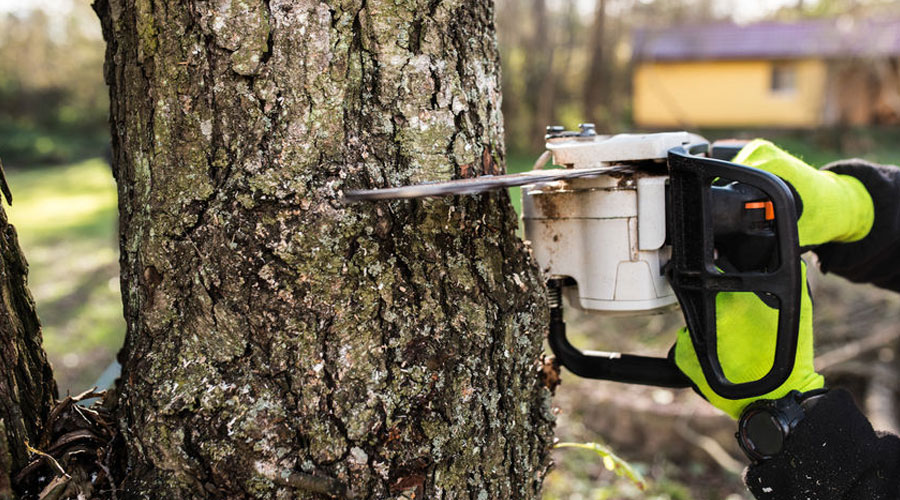Tree disputes are one of the top conflicts between property owners. A neighbor’s tree may be extending over your fence, blocking your view, dropping leaves into your pool, and their roots may be destroying your fence and cracking your driveway. What are you to do?
California Civil Code bars anyone from going onto the land of another and cutting or removing trees. That makes logical sense because one would have to trespass to do so. But what about when those limbs cross onto your land. Do you have an absolute right to cut these? The answer is “No”!
As a string of California cases has repeatedly affirmed, a neighbor does not have the right to cut off encroaching roots or branches so that they don’t cross over the property line. Before doing so, you must first evaluate the health of the tree and then act reasonably in any trimming that you attempt. By “reasonable,” the law means that you must exercise care to avoid unnecessary damage… in short, you can’t kill it. California Civil Code section 3346 considers the encroachment of branches and roots onto your property to be a nuisance. You can trim the tree on your land in a way that the tree is not damaged. If you cause the tree to die or cause so much damage that its value is lost, you can be held liable for up to three times the damage. That means determining the value of the tree which can easily be more than $10,000. Also, a damage that destroys a “protected tree” such as a Heritage Oak can bring substantial additional penalties. How should you proceed?
1. Communicate with your neighbor –Open the dialogue, by explaining the situation and showing the damage, it is quite likely that the two of you can agree to a trimming plan. Maybe the neighbor is also concerned about the tree growth, and you can collaborate on an equally beneficial remedy.
2. Consult a professional arborist – before you start any substantial cutting, talk to a tree expert and find out what is safe to do and what is not. There are proper ways that trees can be trimmed to get you the benefit you want with the least damage to the tree. To minimize the risk of unexpected costs, ensure that whom you select to consult with is a licensed, bonded tree contractor.
Rest assured, is that you do have rights. You can be proactive and protect your property from being destroyed by branches and roots. Your neighbor cannot use their land to cause damage to the area of another. This is called “nuisance” and, if the neighbor refuses to fix the problem you have the right to act. You may get legal assistance and get a Court Order compelling the neighbor to remove the encroachment and repair the damage. If there is some damage imminent, such as the neighbor’s tree is about to fall over, or the roots are about to break your plumbing, faster action may be called for. In these cases, use a professional and take plenty of pictures.
Sources List:
http://realestate.findlaw.com/neighbors/neighbor-disputes-trees.html





